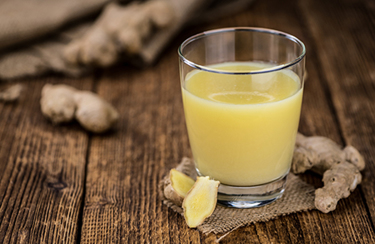Understanding Direct Flow And Crossflow Microfiltration In Food And Beverage Industry Applications

Food and beverage production spans a wide range of process applications, which require contaminant removal or separations of components in liquids and gases, with the goal of achieving high product quality. Consumers expect the products they consume to be free of contaminants that negatively impact visual appearance, organoleptic attributes, nutritional value, and/or safety.
Filtration plays a very important role in enabling manufacturing processes and satisfying consumer expectations. Direct flow and crossflow filtration are two different filtration configurations which address different needs and magnitudes of application.
Both filtration techniques are used for microfiltration, which is the physical separation of suspended particles and bacteria from process fluids. The typical particle sizes are greater than 0.1 micron or molecular weights greater than approximately 300-500 kilodalton.
In the food and beverage industry, direct flow filtration is used in both liquid and gas applications, and crossflow filtration is used only for liquid separations. Additionally, crossflow filtration enables tighter molecular separations including ultrafiltration, nanofiltration and reverse osmosis.
An explanation of these two technology types, with special focus on microfiltration with direct flow filters and crossflow systems will lend itself to a better understanding of solutions for food and beverage microfiltration applications.
Get unlimited access to:
Enter your credentials below to log in. Not yet a member of Food Online? Subscribe today.
